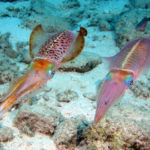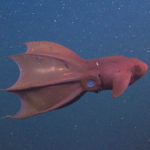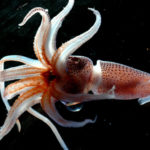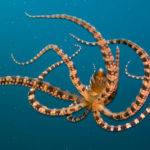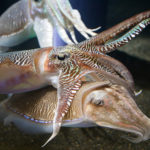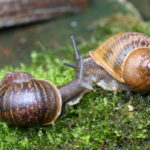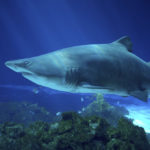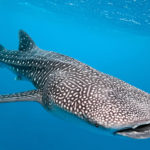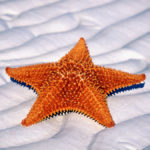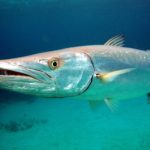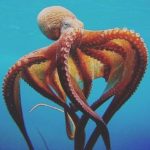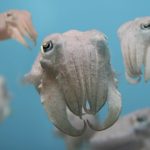Squids – information
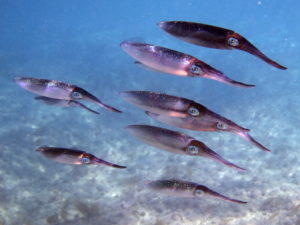 More than 300 species of squid are identified. Nevertheless, it is believed that another 200 species remain outside the classification. Squids are the least studied underwater creatures. In the family of cephalopod mollusks (octopus, cuttlefish, nautilus), squid occupy a special niche. This is a common source of nutrition for many predators, a favorite dish of marine life.
More than 300 species of squid are identified. Nevertheless, it is believed that another 200 species remain outside the classification. Squids are the least studied underwater creatures. In the family of cephalopod mollusks (octopus, cuttlefish, nautilus), squid occupy a special niche. This is a common source of nutrition for many predators, a favorite dish of marine life.
Approximately 1% of the diet of marine animals is precisely squid. They are a huge survival factor for water flora and fauna, many kinds of creatures feed on them. Fishermen often use squid as bait. This is a great way to get a catch of a variety of fish.
It is interesting that animals are able to digest the whole squid entirely, except for the sharp beak (the remains of the acute mouth are deposited inside the stomach of the animals). The squid itself feed on fish and crustaceans. And with a lack of food, they become cannibals, they eat small squid.
The mature female squid is larger than the male. Female squid laying thousands of eggs on the ocean floor. For many species, the life expectancy of squid is limited to one year.
Just like fish, squids have gills. They are often mistaken for an octopus. Both are similar, but they are different types of creatures. It is believed that the squid has the highest level of intelligence among invertebrates. They have a very large brain, and are considered very intelligent – smarter than fish and reptiles. They are extremely active, and adapt well to changing environmental conditions.
They have a soft body. They do not have an outer shell, which is a common identifier of mollusks. Instead, they have an inner shell that supports the muscles of the body. Squid can be very colorful – they can change their colors to match the surrounding seascape! Their skin is covered with chromatophore (chematophores) like a chameleon. They are even able to change the texture of their skin.
They are also able to release a cloud of ink to escape from attacking predators. All squid have an ink bag inside the mantle. Ink, a dark liquid, is pushed out through the funnel. If a squid meets danger, it shoots ink, and an ink cloud helps it to go away.

